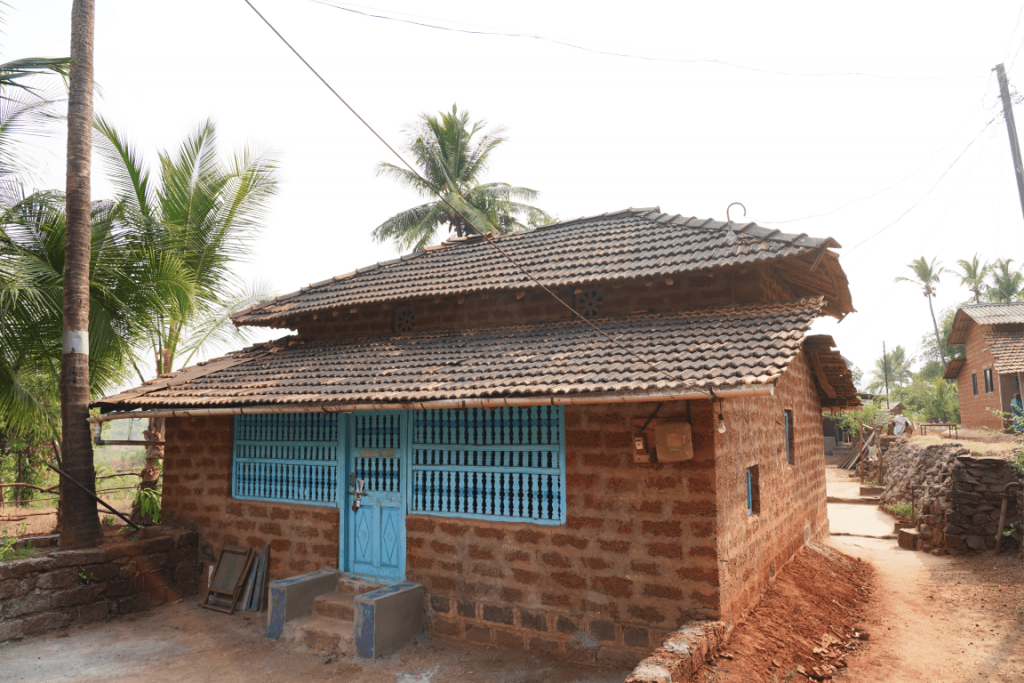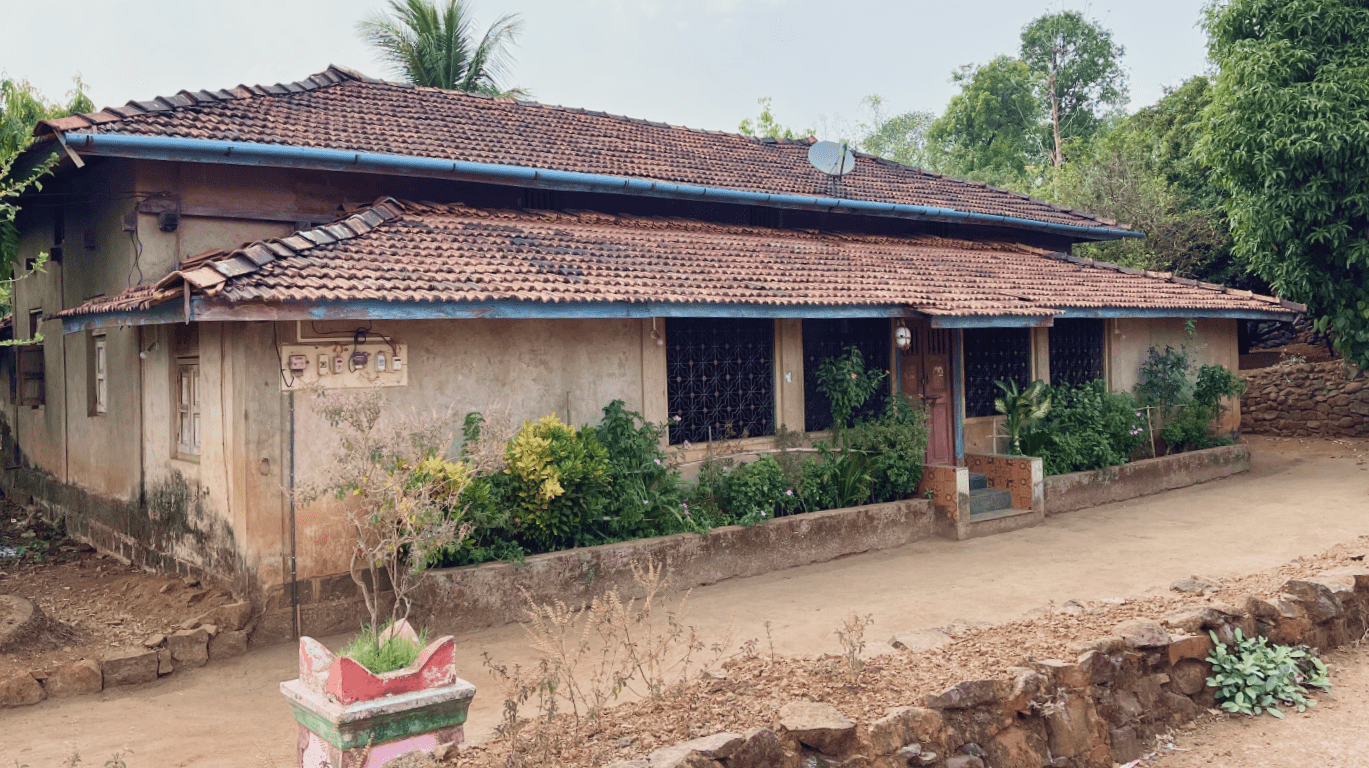For a person striving to build their own house, they must be able to envision it as well. Just as important is the process of planning out its construction. It is imperative to calculate an approximate budget for your project as it affects all future decisions about the building of the house. Whether it is the location and size of the plot, the material used for construction, the quality of mechanical, electrical, and plumbing works, or the finishes for the interiors and exteriors of the house, they all add up to give you the final cost that you have to bear to construct the house. To be able to empower our users, Visava finds it important to familiarize them with the budget planning that comes with it. As a tool, it allows them to keep toying with the design until they are completely sure of proceeding with it. For those who have yet to start dreaming, it offers a guided tour of what it can be like to do so. One where they see themselves as owners of their own homes. But for the inception of it all, there needs to be a stable foundation built upon a rock bed of informed decisions about their budget. It is a fundamental step in aiding them with the construction process so that even if they decide to build later, they at least have a plan ready now.
The user can approach budget planning in three different stages. To be specific, they are the planning stage, the design stage, and the construction stage. Each stage has a different impact on the project and the algorithm behind our tool ensures that Visava engages with each of them.
Allocating a certain preliminary budget for the construction of a house can be the first step. This amount will not be the actual cost of the construction. It will rather be an estimate of what a user can afford to spend from the resources they already have. The purpose of fixing this amount is to create a baseline of expenditure, something that gives the user a projection of their built house. This is a very crucial step in planning, while also being one of the five prompts that Visava asks its users to generate their custom homes. It indicates to the user whether their budget is enough or not. Some users can also avail the aid of government schemes as highlighted in a previous blog. With an estimate now in hand, the user can proceed to the design stage of the house.

The idea of a house can be different for every individual. Some people prefer their houses to be simple yet sturdy. Others want them to not only be sturdy, but beautiful as well. One person may prefer all their rooms on a single floor. Another may prefer spreading them over different floors. Whatever may be the preference, it all depends on whether these requisites fit in the user’s budget or not. Having figured out a starting amount, the budget can now be re-examined and adjusted to match the users’ needs. If it falls short of the required amount, the user can increase it. Or, if it is more than what the construction needs, the user can proceed in two ways. They can either reallocate the resources to improve the quality of construction or, if they are already satisfied with the design, they can put it aside as collateral. The process of construction is never perfect. The cost of materials depends on the supplier market and can fluctuate without warning. Of course, there is also the chance of human error by the different parties involved. As a precaution, the total cost of construction is always calculated with a wastage factor of 5-10%. Even so, having extra funds can always be beneficial for the speedy construction of the house. This is once again implemented in the way a user interacts with Visava’s algorithm. Even after generating a custom design, a user can change their preferences any number of times. This gives them the flexibility to play around with the margins of their budget until they are completely satisfied with what they see.
A major hurdle that many users face is being able to secure the entire amount for the construction of the house. And what may be surprising to many is that they do not need the whole amount. Construction is a long and rigorous process. It involves many steps that occur in a planned manner. From preparing the site to laying the foundation, from building the frame of the house to the masonry work, it all occurs as per a schedule. The user’s money pays for the expertise of the construction team, as well as the materials bought. Thus, even though the user needs to know the total cost of construction, the actual payment for each work happens in stages. Visava takes the responsibility of dividing the work into stages. Once the user decides on a final design, they get an option to buy certain documents related to it. Along with the design drawings, the user gets a detailed list of quantities for the materials that get used. They also get a bill of quantities that shows a breakup of the material required for each stage of construction. Visava hopes to give their user this clarity so that they can be better informed about what goes into constructing their home.
Equipped with this information, it becomes easier for a person to make some financial decisions about the construction of their house. Answers to questions like how much money must be saved, how much time is needed to arrange to fund, and if they need to avail any schemes can now be answered with an actual figure in hand. The design that Visava’s algorithm generates also works towards giving its user a more efficient product. The AI behind it does not work to cut cost but to optimize it. While some materials may seem cheaper at face value, their durability and maintenance often lead to a higher cost in the long run. Visava instead makes use of the most durable and efficient materials that may cost more but will last much longer than their cheap counterparts. It will ensure that the design is responsive to the climate where it will be built so that there is maximum conservation of energy without having to depend on artificial means. Visava also brings with it a list of market vendors that it trusts for the users to buy their required materials. This along with many more such factors ensures that the final design a user gets makes the absolute best use of the budget that they entrust us with. After all, a person is only as good as their tools, and Visava hopes to provide our users with the best there is.

